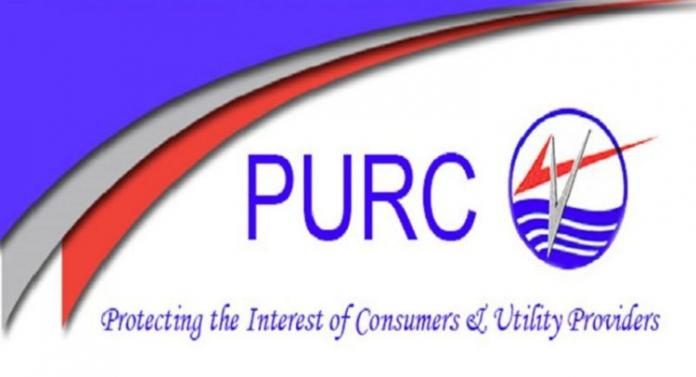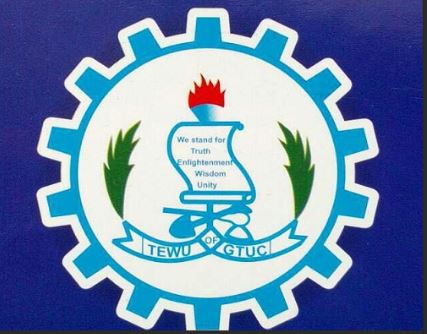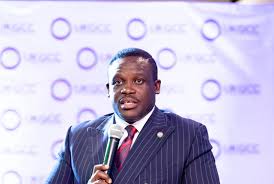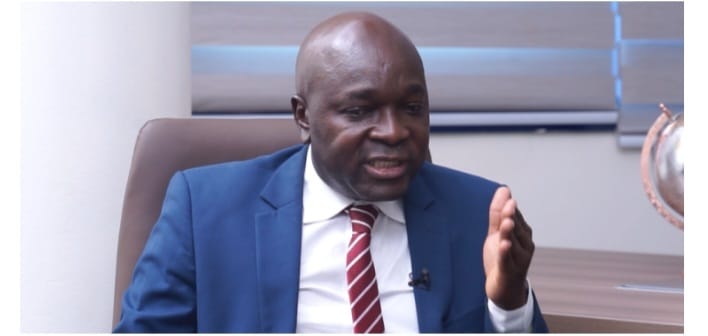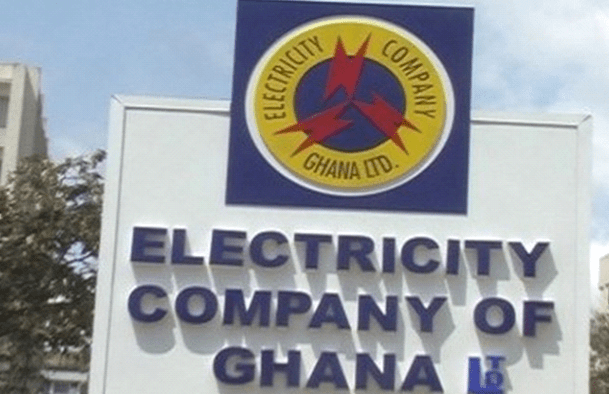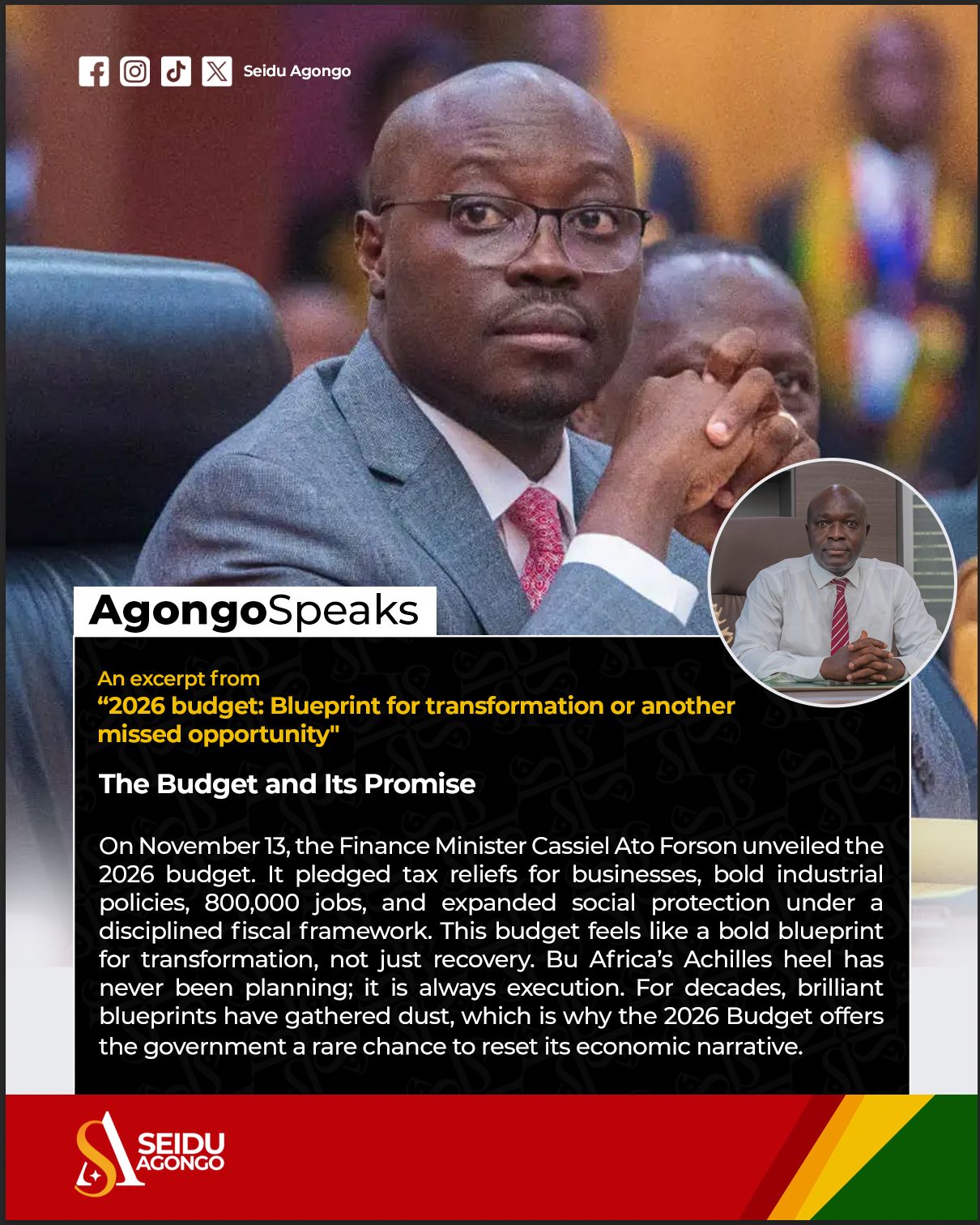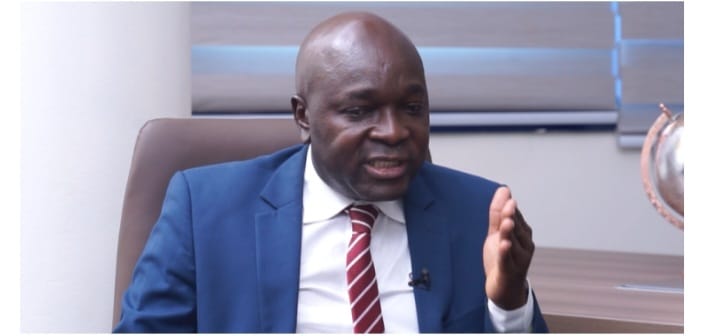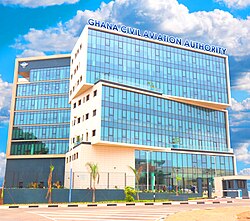In a modest yet impactful move, Ghana’s Public Utilities Regulatory Commission (PURC) has approved a 1.14% increase in electricity tariffs for all customer categories, effective October 1, 2025. Meanwhile, water tariffs remain untouched, offering a small reprieve for consumers grappling with broader economic pressures.
The decision, announced in a statement signed by Acting Executive Secretary Shafic Suleman, comes as part of the Commission’s routine Quarterly Tariff Review Mechanism—a framework designed to align utility pricing with shifting economic realities. Among the key metrics: the Ghana cedi to U.S. dollar exchange rate, domestic inflation trends, energy generation costs, and natural gas prices.
According to the PURC, the latest adjustment is essential to maintaining the “real value of tariffs” and ensuring that utility providers remain financially viable—enough to keep the lights on and taps running.
Behind the numbers:
Exchange Rate Assumption: GHS12.3715 per US$1
Exchange Rate Under-Recovery: GHS0.3980 from Q3
Annual Inflation (Q4 Projection): 12.43%
Natural Gas Price: $7.7134 per MMBtu
Energy Mix: 28.8% hydro, 71.2% thermal
Despite the slight bump in electricity prices, the PURC insists the move is carefully calibrated, based on rigorous data and economic modeling—not arbitrary decisions. Water consumers, at least for now, are spared any increases, as the Commission opts for a 0% adjustment on that front.
The PURC also reassured Ghanaians that it remains committed to holding utility providers accountable to regulatory standards, promising continued oversight to deliver value for money and improved service delivery.
For consumers, the takeaway is clear: electricity costs are nudging upward, but the broader promise is stability—for both households and the nation’s utility infrastructure.



